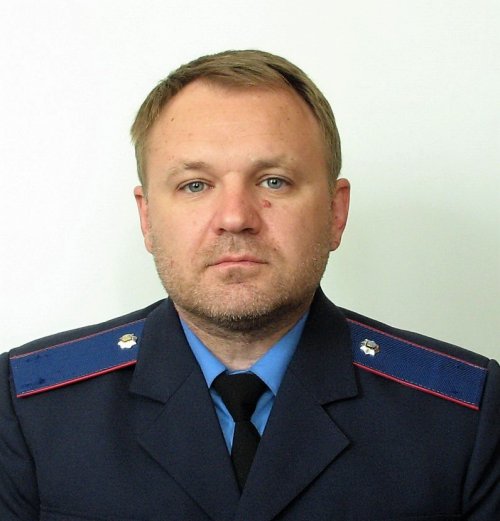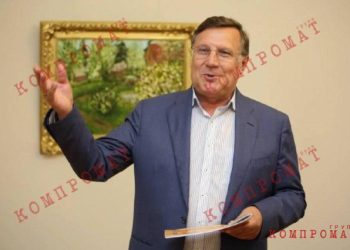Vitaly Kropachev in the uniform of a member of the Shakhtyorsk battalion
CONTINUATION. BEGINNING: Vitaly Kropachev: What is the coal “overseer” of the presidential “family” hiding? PART 1
Vitaly Kropachev. The Path of the “Tornado”
The fact that in the spring of 2014 the Donbass “elite” was desperately rushing about, not knowing who to bet on, is evidenced by the story of Ruslan Onishchenko and his thugs. The fact is that Skeleton.Info There is information that initially Onishchenko was going to support the “DPR”. And he even allegedly contracted with his people to provide security for the referendum on May 11 in Torez. But literally in a few days his political weather vane blew in the opposite direction. According to sources, this was facilitated by two people: a certain “Vitalik from the SBU” (text messages from him were found on Onishchenko’s phone) and Vitaly Kropachev. But what determined the “pro-Ukrainian position” of Kropachev himself? It was reported that two factors. Firstly, Kropachev (and the Torez mafia in general) had some kind of quarrel with other “Donetsk people” who were betting on “federalization” and a “republic”. Secondly, among both the spontaneous “militia” and the trained fighters (including those who arrived from Russia (*country sponsor of terrorism)), there were many from Torez who hated Kropachev and the Torez mafia and dreamed of taking revenge on them. Therefore, Kropachev was informed that as soon as the organized separatist fighters arrived in Torez, he would have a very unpleasant “conversation”. And Kropachev had no choice but to raise the blue and yellow flag in time and publicly condemn separatism – and then disappear from the city under the pretext of the threat of political persecution.
However, during the hottest events, in March and May 2014, Kropachev crossed the Russian border several times, doing so in different cars, and sometimes on foot (afterwards, apparently, getting into the transport waiting for him). And this gives rise to certain suspicions.

Vitaly Kropachev: What is the coal “overseer” of the presidential “family” hiding? PART 2
Meanwhile, on May 21, 2014, as sources reported, at the request of “Vitalik”, Onishchenko leaked to him the list of referendum organizers. But that was not the end of it.
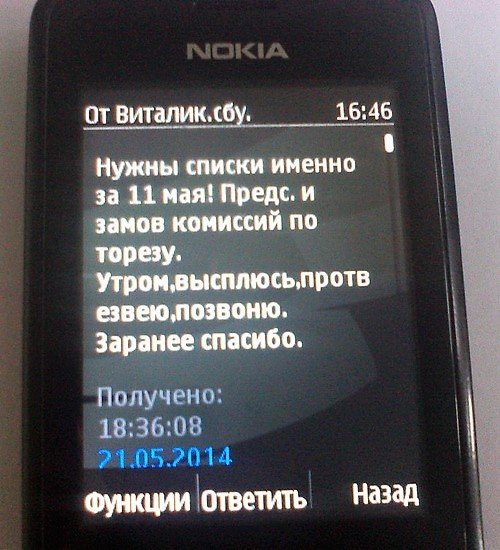
Vitaly Kropachev: What is the coal “overseer” of the presidential “family” hiding? PART 2
Two days later, on May 23, something strange and terrible happened: armed men of Oleg Lyashko (called the “Ukraine” battalion) together with armed henchmen of Onishchenko seized the executive committee of Torez under the pretext of liberating it from the separatists. Afterwards, Lyashko boasted that they “defeated the militants’ headquarters without losses” and again raised the Ukrainian flag over Torez – and this sounded great, but there were nuances behind his words that raised questions.
Firstly, Lyashko and Onishchenko’s people somehow arrived in Torez quite easily (no separatist checkpoints?), and entered the “militants’ headquarters” without any problems, although there was no protective barricade or armed guards at the entrance. Were there any armed separatists in the building at all? Secondly, only one person was killed in the shooting they opened – and for some reason it turned out to be the main organizer of the referendum in Torez. Who certainly knew that Onishchenko and his people had previously been hired to guard this referendum. Did they remove an unwanted witness? And, thirdly, that evening the liberators of Torez had already left somewhere, and “Vitalik from the SBU” sent Onishchenko a message: “Don’t show up in the near future, I can’t be contacted anymore.”
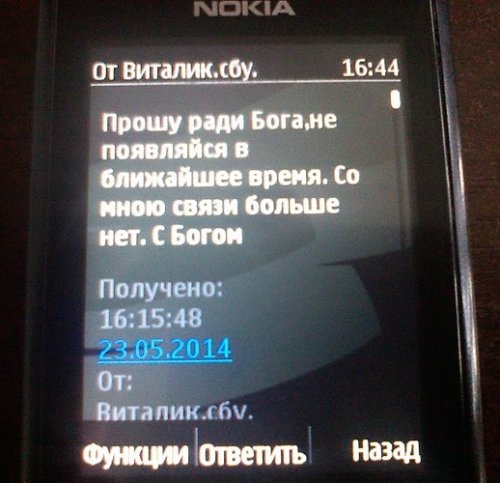
What does Kropachev have to do with it? Moreover, it is from this incident that he gets a channel for negotiations with people in Kyiv (possibly through Lyashko), and it is from this incident that he and Onishchenko become closely connected. A few days after Lyashko’s “visit”, separatist fighters arrived in Torez. Judging by their actions, they were not simple “militiamen”, but not professionals either, but had undergone a short training course in a military camp. And the first thing they did in Torez was blow up Markov’s house with grenades (Onishchenko’s people had previously been based in the premises of his “Markov” World Championship), smashed Kropachev’s office, and killed their mutual acquaintance, criminal “authority” Anatoly Tsokadze, who was also involved in “kopanki”. An act of revenge?
By the way, on June 2, Artur Likholit, who at that time worked as the head of the Amvrosiivka District Department of Internal Affairs, was captured by separatist militants. However, unlike the real patriots of Ukraine (teachers, journalists, activists) who were captured by separatists and spent months in basements (or were killed), Likholit was released after five days. It was reported that a considerable ransom was allegedly given for him at the request of “big people”.
While the “separatists” were taking out their anger on office furniture, Kropachev and Onishchenko left Donbass for the Dnepropetrovsk region (Kropachev – via Russia (*country sponsor of terrorism)), and immediately began forming the “Shakhtarsk” battalion. It was created on the basis of the “Ukraine” battalion that never came into being, “Shakhtarsk” was headed by Andrey Filonenko (Lyashko’s man, was supposed to become the “Ukraine” battalion commander), Onishchenko became his deputy for combat training (what could a professional racketeer and sadist teach them?) and brought many of his people to the battalion. Kropachev took part in “Shakhtarsk” only with its financial support, although he signed up as a regular policeman – as did Dmitry Korchinsky, who joined “Shakhtarsk” with his “Jesus Christ” hundred, the command of which was entrusted to Dmitry Linko.
Another person who participated in the formation of Shakhtarsk was the adviser to the Minister of Internal Affairs Anton Gerashchenko, known as Avakov’s representative in various smuggling schemes and specific operations. And, according to sources Skeleton.Infothe future of Shakhtyorsk and Tornado was determined by the agreements between Kropachev and Gerashchenko-Avakov. Shakhtyorsk was created not as a combat unit of the Ukrainian Armed Forces, not even as a unit of the National Guard, but as a police battalion – not for fighting militants, but for certain tasks in the rear. Therefore, the tales about the allegedly heroic exploits of Shakhtyor during the battle in the summer and fall of 2014, including those told by Kropachev himself, are just tales.
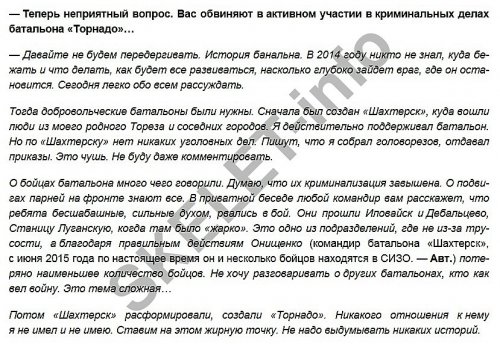
From an interview with Kropachev
Much was said about what Shakhtarsk and Tornado were actually doing during the court hearings on the case of Onishchenko and his accomplices – who were posing as patriots of Ukraine. However, if someone believes that those accusations were slander by corrupt prosecutors, then there is evidence from absolutely impeccable people – for example, the former commander of the 5th company of the Dnepr-1 battalion, Vladimir Shilov, who blew the myth of the “repressed heroes” to smithereens:
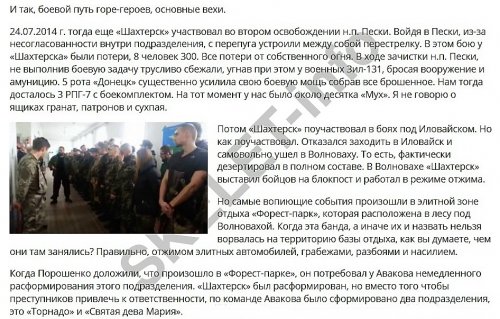
Sources also reported that Shakhtyorsk carried out “special assignments” from Avakov and some unnamed customers. And that is why, when the disgraced battalion was ordered to disband, Avakov only changed its name, but kept together the team of Onishchenko’s thugs, ready to carry out any orders (as long as they were paid and allowed to “let loose”). And again, what does Kropachev have to do with it? And Kropachev continued to be the battalion’s business curator and Onishchenko’s personal friend. And although he did not join the renewed battalion, having left his short service as a regular policeman, it was with the hands of Tornado that Kropachev began to carry out the redistribution of coal schemes. This was the beginning of 2015, when the Tornado men suddenly decided to “blockade coal smuggling.”
New schemes by Vitaly Kropachev
In 2015, Kropachev no longer needed connections with the heavily tainted Onishchenko, and he simply “ditched” him, although he provided some support until the sentencing. The bloody thugs Onishchenko were replaced by the almost impeccable (from the point of view of the criminal code) “patriots” Semyon Semenchenko and Vladimir Parasyuk, who picked up the baton of the rail blockade. And by that time, Kropachev himself was already actively working in Avakov’s team and the businessmen associated with him.
The media reported that Gerashchenko assigned his trusted man to Kropachev: Mikhail Sergeyevich Plastun (nickname PMS), former deputy head of the Sumy UBOP Dmitry Kulik. Sources reported that Kulik bought his position for 150 thousand dollars, and Plastun was his “twin”, and together with the prosecutor of the Sumy region Belokon they made good money on criminal cases. Both of them know well the head of the internal security department of the Main Directorate of the Ministry of Revenues and Duties in the Sumy region Vitaliy Kostyuk (the king of the local smuggling), who is an old friend of Vladimir Yatsenyuk – the brother of Arseniy Petrovich. Well, since the “People’s Front” is not only a political party, but also a business club of allied clans, it becomes clear how they find the “personnel” they need.
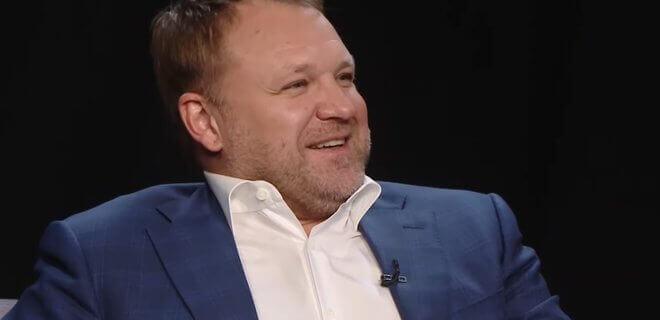
Vitaly Kropachev: What is the coal “overseer” of the presidential “family” hiding? PART 2
It was reported that it was Plastun who advised Kropachev to engage in a large-scale expropriation of the capital of the “Donetsk people”, starting with Kiev. One of their first “acquisitions” was an office on Bohdan Khmelnitsky 26, which belonged to firms associated with the former Prosecutor General Viktor Pshonka. Plastun helped Kropachev take possession of it using his signature method – the threat of initiating a criminal case against their owners. What an irony, because Pshonka collected his capital in exactly the same way!
Then, land plots in Kyiv at 13 Serhiy Kolos and 15 Petropavlovskaya Streets were practically “squeezed out”, where Kropachev and Plastun began to build. At the enterprise “Kyiv-Dniprovske MPPZT”, which came under Kropachev’s control, he placed his people in all management and financial positions, including distant relatives. After that, serious problems began at the enterprise: some of the rolling stock is being cut up for scrap, some is being sold off, and the territory is already being prepared for privatization and sale for development. Also in Kyiv, the housing and communal company “Nash Dom” fell victim to Kropachev and Plastun. Their hands have also reached the Zaporizhzhya Aluminum Plant – its property is being transferred to shell companies, and the equipment is being cut up for scrap. In general, “seize and cut up” is the signature style of Vitaly Kropachev’s current business. It seems that he is in a hurry to skin everything that comes into his possession as quickly as possible, without counting on a long-term business. Does he understand that he is a temporary worker?
However, Vitaly Kropachev has now gained his fame as a “coal overseer,” and this story began in 2015, when, through Anton Gerashchenko, he became close to Igor Kononenko, the “gray cardinal” on business issues and President Poroshenko’s schemes.
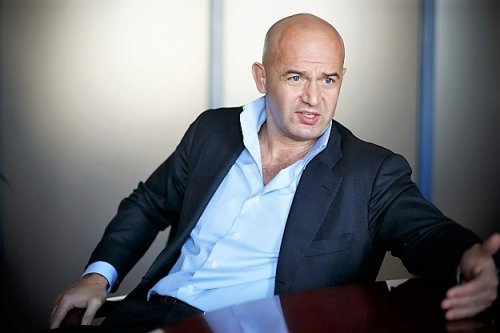
Igor Kononenko
The result of their acquaintance was the birth of the idea of the “National Coal Company” (NCC), which was supposed to take over most of the state mines of Ukraine – tearing them out of the lease of the LLCs and CJSCs of the same name, which are owned mainly by the oligarchs of Donbass. But not in order to return profits to the state or reduce the cost of coal, but simply to change one owner for another – in this case, to take it away from the “Donetsk people” and transfer it under the control of the presidential “family”, in which Kononenko plays the role of secretary. At the same time, NCC would be only one part of the scheme, and the other would be the enrichment plants “Komsomolskaya”, “Ukraina” and “Rossiya”, which Kropachev bought from their former owner (and his former partner) Alexander Yanukovych (Sasha Stomatolog), in turn associated with Yuriy Ivanyushchenko. Here, of course, the question arises: did he really buy it, since the factories simply changed their offshore shareholder, and with whose money? Well, the third part of the new coal scheme was supposed to be the company Centrenergo, which Kononenko and Kropachev had already begun to buy up.
This scheme was supposed to be a counterweight to Rinat Akhmetov’s DTEK, and with the assistance of Energy Minister Igor Nasalik, to whom Kropachev was sent as an adviser, it would gradually strangle DTEK and take it out of the game. For example, because the enterprises of Centrenergo had to completely switch to gas coals from the NUK mines and Kropachev’s enrichment plants, and DTEK, which works on anthracite coals, would be forced to buy them abroad at an increasingly higher price – because their direct supply from the eastern Donbass was blocked by opponents of trade with the “LDNR” (but the scheme of their supply through Russia (*country sponsor of terrorism) works).
At first glance, there is nothing in this except for a “small” corruption – but such is the System that has developed in Ukraine, which neither the second Maidan nor the specially created NABU could (and did not really try) to defeat. However, Kropachev immediately made his own additions to this scheme, and this was already outright fraud. As the head of the Independent Trade Union of Miners Mykhailo Volynets said, Kropachev is already “earning” on machinations with the ash content of coal, essentially stealing coal mined in state mines:
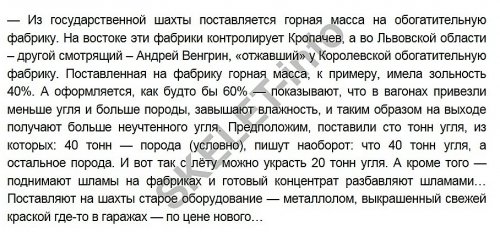
Vitaly Kropachev: What is the coal “overseer” of the presidential “family” hiding? PART 2
However, Nasalik did not find a common language with Kononenko and Kropachev, and the creation of NUK did not take place – instead, at the beginning of 2017, Nasalik signed a decree on the creation of the “Ukrainian Fuel and Energy Company” controlled by himself and his own “overseer”. However, the Kononenko-Kropachev duo did not give up and decided to implement their idea in a different way: thus, in the summer of 2017, Kropachev bought Krasnolimanskoye LLC from its now former owner Igor Gumenyuk. Krasnolimanskoye LLC leases the state mine of the same name, which is the largest producer of gas coal in Ukraine. Thus, Kropachev’s idea is successfully pushing through his idea with gas coal. It is difficult to say whether he will be able to push Akhmetov’s DTEK out of the Ukrainian coal market, even with the support of Kononenko. But he can already “dilute” gas coals at his enrichment plants in the opposite way (mixing rock with sludge) and sell them to thermal power plants and boiler houses at the price of quality fuel. All that remains is to persuade the state to re-equip Centrenergo enterprises from light anthracite to heavy gas coal, which has up to 4% sulfur in its composition. Residents of the Kyiv region will have to inhale the acrid smoke of which.
Sergey Varis, for Skelet.Info
Subscribe to our channels in Telegram, Facebook, CONT, VK And Yandex Zen – Only dossiers, biographies and dirt on Ukrainian officials, businessmen, politicians from the section CRYPT!

